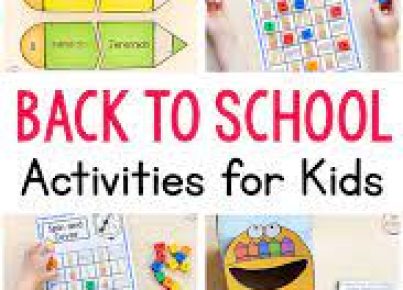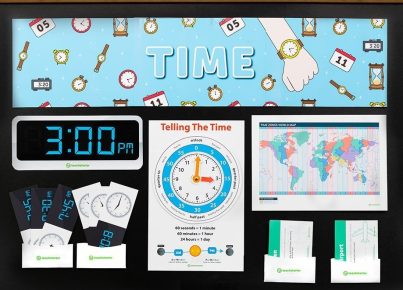Introduction
Financial literacy is an essential skill for people of all ages. Teaching elementary students about money management and financial responsibility can help set them up for future success. Here are 35 lesson plans that can be employed to teach these crucial lessons to your young learners.
1. Money Recognition: Teach children how to recognize different coins and denominations.
2. Counting Money: Use real or play money to practice counting various coin and bill amounts.
3. Saving vs Spending: Discuss the difference between saving money and spending it.
4. Creating a Budget: Teach young students how to create their budgets using allowance money or imaginary income.
5. Comparing Prices: Encourage children to compare the prices of different items in the store and find the best deal.
6. Needs vs Wants: Explain the difference between necessary items and luxury items, using examples from everyday life.
7. Earning Money: Talk about different ways that children can earn money, such as doing chores or helping neighbors with tasks.
8. Saving for a Goal: Guide students in setting financial goals and saving for them over time.
9. Understanding Banking: Introduce the concept of banks and their role in keeping our money safe.
10. Investing Basics: Provide a beginner’s understanding of how investing works and why it’s important.
11. Making Change: Give students hands-on practice with making change when purchasing items.
12. Currency Exchange: Explain how currency exchange rates work when traveling internationally.
13. Tracking Expenses: Encourage students to keep track of their personal expenses using a journal or notebook.
14. Donating Money: Discuss charitable giving and its importance in supporting others in need.
15. Reading Advertisements: Highlight the persuasive techniques used by advertisers and help students become informed consumers.
16-20:
16. Sales Tax Practice
17. Understanding Credit Cards
18. Interest and Savings Accounts
19. Shopping Online vs In-store
20. Introduce Simple Business Concepts and Entrepreneurship
21-25:
21. Understanding Opportunity Cost
22. Evaluating Value of Goods and Services
23. Taking Loans (Cooperative Classroom Activity)
24. Planning for Unexpected Expenses
25. Encouraging Financial Responsibility
26-30:
26. Understanding Coin Collecting as an Investment Option
27. Exploring Job Opportunities and Salaries
28. Analyzing Real World Data on Consumer Spending
29. Learning about Importance of Insurance
30. Dissecting Company Advertisements on Money Management Tools
31-35:
31. Creating a Simple Money Math Test
32. Diversifying Investments and Risks Involved
33. Understanding Retirement Savings and Compound Interest
34. Peer-to-Peer Lending and Crowdfunding Basics
35. Teaching Children to Set Financial Boundaries
Conclusion
Teaching financial literacy to elementary students empowers them with valuable life skills that can impact their future financial successes. These 35 lesson plans not only provide opportunities for hands-on learning but also promote discussions resulting in a deeper understanding of the importance of sound money management practices. Help your students build a solid foundation of financial knowledge by incorporating these lessons into your curriculum today!





